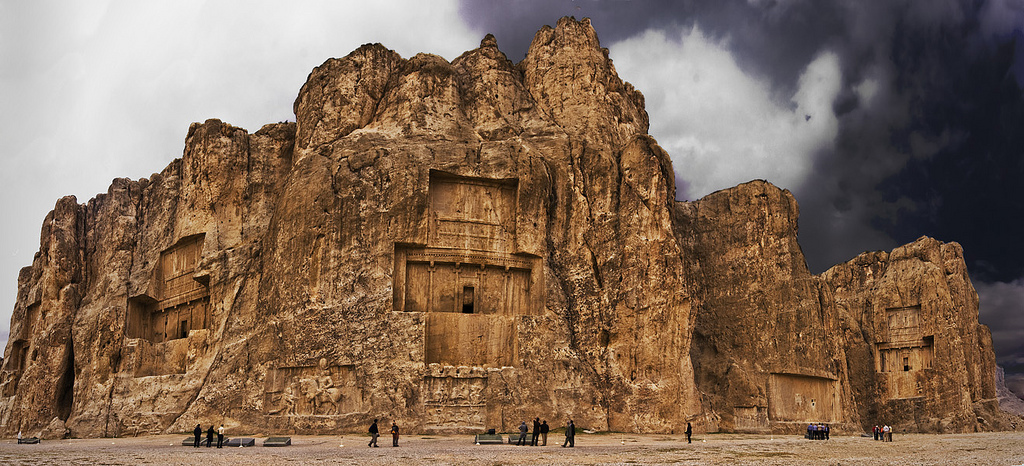Iran’s top tourism chief made a splash in international media in October when he told the Associated Press that Iran “was preparing for a tsunami of tourists.”
Some suggested that Masoud Soltanifar should have used a better word to describe the anticipated influx of inbound tourists, arguing that “tsunami” has a negative connotation.
Although it is highly unlikely that Soltanifar intended to highlight the potential fallout of a surge in tourist numbers, the fact remains that Iran may fail to reap the long-term benefits of a rise in visitors if the development of infrastructure moves at its current snail’s pace.
According to Tasnim news agency, experts warn that unless effective moves are not taken to address the infrastructure woes, Iran’s tourism industry could suffer as badly as Myanmar’s travel sector.
Myanmar’s tourism industry has been crippled because it failed to keep up with the swarm of tourists, due to underdeveloped infrastructure.
However, officials at Iran’s Cultural Heritage, Handicrafts and Tourism Organization seem confident that Iran will not suffer the same fate.
“We are much better prepared to deal with an influx of tourists than Myanmar was,” said Morteza Rahmani Movahed, a deputy for tourism affairs at the ICHHTO.
“What [ICHHTO chief] Soltanifar said should also be taken as a caution, but we are aware of our shortcomings and have plans to ensure progress.” The senior official, however, did not elaborate on what his organization had done so far and what it wants to do to turn the situation around.
Tehran’s tourism agenda calls for drawing 20 million tourists per year by 2025 and generate $30 billion. However, the present foreign arrival numbers top out at 5 million and planners have ten years to boost that figure four-fold; a herculean task by any standard.
With only 1,100 hotels and guest houses — 130 of which boast four- and five-star ratings — Iran lacks sufficient accommodation for 20 million tourists. By Soltanifar’s own admission, Iran needs at least 400 top-class hotels in the next decade to accommodate the millions of tourists it wants to attract.
The aging air fleet is another thorn in the industry’s side. Officials have said there is a dire need for at least 400 new passenger planes to compensate for shortages due to economic sanctions over the past three decades. Of its 250 passenger planes, 100 are currently grounded because of lack of spares. The remaining 150 need to be renovated.
Movahed conceded that the current state of infrastructure and the slow pace of its renovation and expansion mean that “we have to adjust our expectations.”
“It’s like driving on an uneven, bumpy road; you have to adjust your speed so you don’t damage the car or make the passengers uncomfortable,” he said, adding that ensuring a pleasant experience for tourists is of utmost importance.
Iran is home to 19 UNESCO-registered sites — more than any other Middle Eastern country — many of which remain largely unseen by western visitors.


